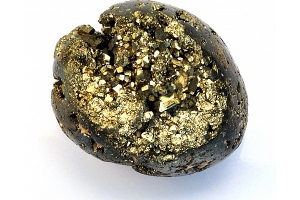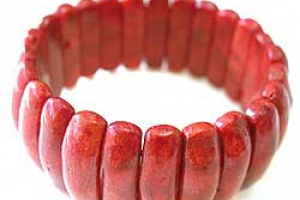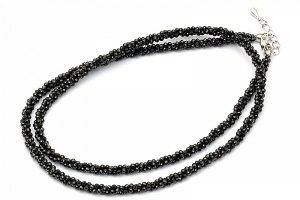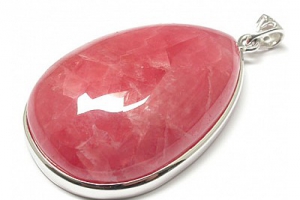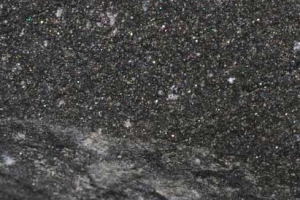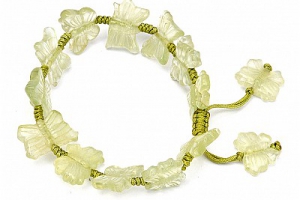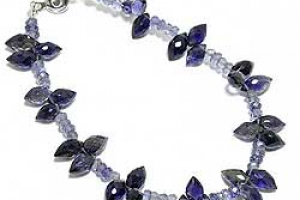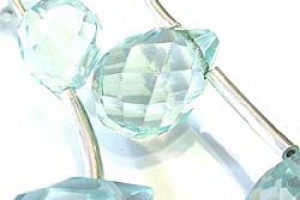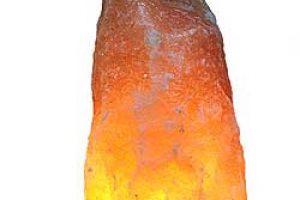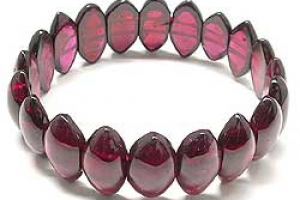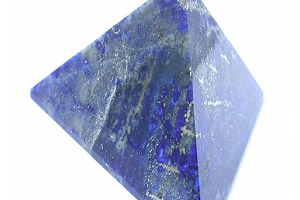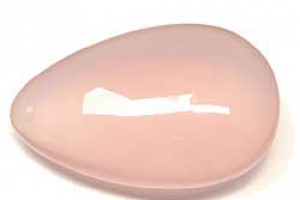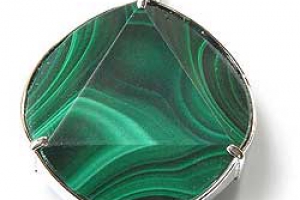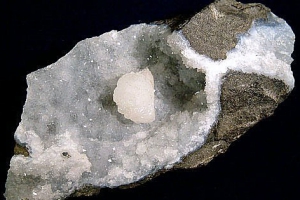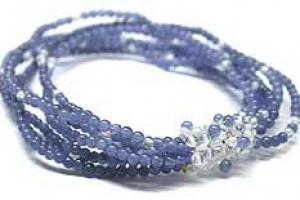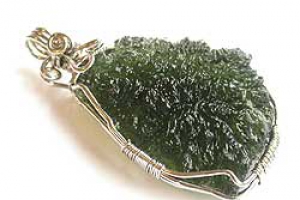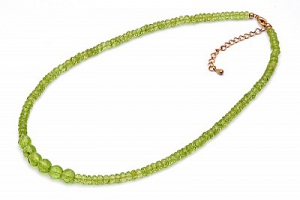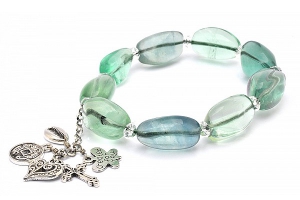Garnet
Colourful World of Garnets
The fantastic found of an up to then extremely rare Garnet variety puzzled experts all over the world some years ago. On the Kunene river, on the border between Namibia and Angola, there was the surprising and spectacular discovery of bright orange to red Spessartine Garnets, which were originally named after their occurrence in the German Spessart mountains. Until the legendary mine was discovered in Namibia, Spessartines had existed as mere collectors items or rarities. They were hardly ever used for jewellery because they were so rare. But the found changed the world of jewellery gemstones. From this time on, an exceptionally fine and brightly orange-red gemstone has completed the offered range. The trade name "Mandarine -Garnet" was coined, and the wonderfully orange coloured Fine Garnet became world-famous almost over night. Unfortunately the mine in the remote Namibian mountains could only be exploited for a few years. Prospecting for the gemstones in the isolated bush land became more and more complicated and expensive It had to be expected, then , that the very upstart among the quality gemstones would only be available in limited amounts from the stocks of few cutters. However, another sensation was caused by discovering another occurrence of the orange-coloured treasures, this time in Nigeria. In colour and brilliance they are so similar to the Namibian stones that only experienced experts will be able to tell them apart.
And now let us focus on green Garnets. Green Garnets - do they really exist? Of course! There are even several known green Garnet varieties. First of all, there is Grossularite, which was created by Nature in many fine colours from yellow to green and brown, and which is especially cherished because of the many in-between shades. And earth-colours. Here there was also a sensational found: In the last year of the 20th century large Grossularite occurrences were discovered in Mali. The Mali Garnets are charming because of their high brilliance, which makes even the usually not so popular brown colour attractive and vivid, and the natural appeal is in wonderful harmony especially with ethno-look inspired trends.
Possibly the most famous green Garnet is Tsavorith or Tsavolith, another Grossularite. Tiffanys in New York re-named the stone which had been discovered in 1967 by British geologist Campbell R. Bridges in North-East Tanzania. The emerald-green stone was named after its occurrence near the famous game park Tsavo-National Park. Tsavorith is of a vivid light to velvety deep green and, like all other Garnets, of strikingly high brilliance.
The star among green Garnets is rare Demantoid, a gemstone for connoisseurs and lovers. It shows enormous brilliance, higher even than that of Diamond. Russias leading court jeweller Carl Faberg?loved the brilliant green Garnet from the Urals more than any other stone, and liked to use it in his creations. Nowadays Demantoid turns up more often in the gemstone market because of the new founds in Namibia. Demantoids from Namibia show good colour and brilliance, however, they lack s minor characteristic: the so-called "horsetail-inclusions", fine bushy-shaped inclusions which are the characteristic birthmark identifying Russian Demantoids.
Gemstone Colours for each Fashion Trend
If you love the immaculate naturalness and sun-drenched warm colours of Indian summer, you will fall in love with range of colours displayed by Garnets. Today these stones come mainly from African countries, also from India, Russia, central and south America. The skilled hands of cutters all over the world shape them in many classical forms and more and more also in modern fancy designers cuts. Garnets appeal generally because of their natural and not manipulated beauty, their wide variety of colours and their magnificent brilliance. If you buy Garnet jewellery you can be certain to enjoy this gemstone gift from Nature permanently and without inhibitions.






